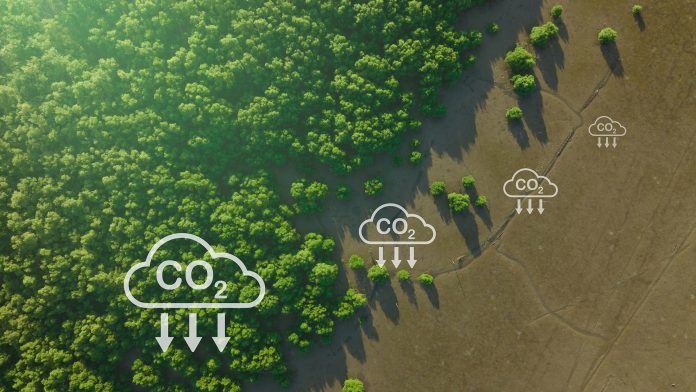A call for evidence was launched today to explore new ways to transport captured CO2 that would enable more UK industries to adopt carbon capture technology.
The government’s call for evidence for innovative new options for transporting captured CO2 builds on the existing network of pipelines, supporting industry on the path to net zero.
Millions of tonnes of captured carbon dioxide (CO2) could be transported via road, rail, barge, or ship, revolutionising the way it reaches offshore storage sites and helping more businesses cut emissions.
The move is key to paving the way for widespread deployment of carbon capture by 2035.
The role of carbon capture technology in meeting net zero
Carbon capture technology works by capturing CO2 before it reaches the atmosphere, storing it safely underground in offshore sites and reducing emissions.
The Climate Change Committee has described the technology as a necessity for meeting net zero targets.
With the ability to transport CO2 by modes such as rail or shipping, industries across the country will be better primed to adopt carbon capture technology.
In addition to creating jobs and boosting the economy, it will help transport CO2 in a way that suits businesses’ needs as part of their green transition.
Energy Efficiency and Green Finance Minister Lord Callanan said: “Businesses right across the country want to do their bit to reduce carbon emissions.
“I want to hear from them how we can deliver greener solutions for industry by giving them ever-greater access to this game-changing technology.”
The UK’s potential to build a world-leading industry
The UK has a distinctive geology and the capacity to store up to 20-30 million tonnes of CO2 annually by 2030, equivalent to removing between four and six million cars from UK roads each year and supporting 50,000 jobs.
The government is championing this industry with a significant investment of up to £20bn – one of the biggest in Europe.
The Call for Evidence delivers on a commitment made in the landmark Carbon Capture, Usage and Storage (CCUS) Vision published last December.
It is anticipated that projects using non-pipeline transport methods will be eligible for selection as carbon capture projects from 2025.









